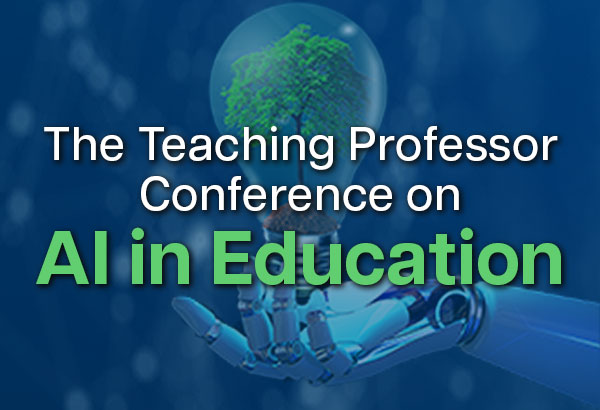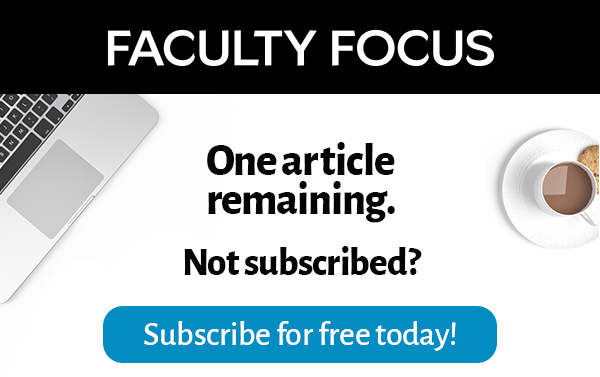“Be anchor in life, be anchor in love, be anchor in what you believe.” —Unknown
Watching a rock being thrown into the water can be exciting as the ripples reach out, often in ways that are unexpected. Teaching has those same opportunities of rippling into the unexpected. Teaching and learning can be fun, exciting, and different for each person. There are numerous teachable moments that encourage deep thinking and a curriculum that inspires a thirst for more knowledge. Even when one student asks a question that throws you off your game, teaching and learning can still be fun, exciting, and different; these are the expected. It can also be scary, overwhelming, and difficult, especially when the unexpected is thrown your way. Nevertheless, the expected and the unexpected have an impact on what we do in the classroom.
We are currently in a teachable moment within our world—an unprecedented moment—and our students are looking to us at how we handle these issues. Being grounded in the Five Anchors of Impact can help us, as educators, navigate these uncharted waters for our students.
The five anchors include:





The current climate within schools has provided an excellent exemplar for each of the anchors of impact. The impact of the Organization includes people within the organization or system, and their reaction to their current situation. This is a huge ripple that can continue to impact for a long time. Currently, almost all instruction has abruptly shifted from face-to-face format to an online format, which has caused a huge disruption within the organization (i.e., campus, school, college, university). Ultimately, this impact affects those on the front lines: the instructors and their students. Not being prepared to move instruction from one platform to another causes anxiety and uncertainty, which can make the learning environment extremely fragile.
The impact of the Political includes the forces that act upon the organization, both externally and internally. The external forces, such as constituents, parents, community members, and anyone with an opinion could cause both a harmful and helpful impact simply by the way they behave and react to a situation. The internal forces, those within the organization, can also contribute a harmful and helpful impact based on how the external forces shape their outlook and perspective of a situation. For example, this might include changes made in a top-down format (from both internal and external political stakeholders), and the usage of money, grants, funds, etc., which impact student enrollment and faculty/staff positions. The political can also affect access to technology, as well as working to find ways to pay staff who may be hourly who cannot do their work from home, or staff who must stay onsite to make sure technology is still working.
Safety and Order has become a prominent focus during these trying times. The Safety and Order anchor includes the social, emotional health, and physical safety of the students, faculty, staff, and stakeholders, as well as the safety of the facility. When a crisis occurs, being able to quickly account for all stakeholders and available resources allows a realistic plan of action to unfold. For instance, as we continue to shelter in our homes, we have been encouraged to keep in contact with our students and colleagues to ensure that all are safe. As for the facility, colleges and universities might provide space for hospitals who are experiencing a shortage of beds for patients. Additionally, this anchor ensures that contingency plans and alternative expectations can evolve, and that constant updates provide some form of new normalcy which may help in taming anxious stakeholders.
The Traditions anchor may be the most disrupted of all anchors in a crisis situation. This anchor focuses on an organization’s expectations, both written and unwritten policy, and the way they “do things”; it is tested most harshly. The traditions that work will continue to work, and those that have never been properly vetted or accepted may find their end. This is best illustrated, as we are seeing now, with campuses closing, student dorms being evacuated, and meetings being held through Google Meet or Zoom. This can be seen through the time and energy in which faculty are preparing online lessons, while also being thrust into an unknown teaching situation. This, of course, also impacts the teaching styles, learning styles, and expectations of federal programs, which is the focus of the last anchor, Teaching and Learning.
There is an impact on what we do in the classroom—no matter how small or big—and what we do in the classroom also has an impact on our campus and beyond. Right now, we are having to look beyond the walls of our classrooms into the unknowns and guide our students. We need to recognize that as we continue throwing rocks in the water, the ripples will continue, and the time has come to anchor ourselves and our students to navigate these ripples.
Laura Trujillo-Jenks is an associate professor in the Department of Teacher Education at Texas Woman’s University, where she teaches principal and superintendent courses in the Educational Leadership program.
Rebecca Fredrickson is an associate professor in Teacher Education at Texas Woman’s University where she serves as the Coordinator of First Year Experiences and P-16 Initiatives at the university.




